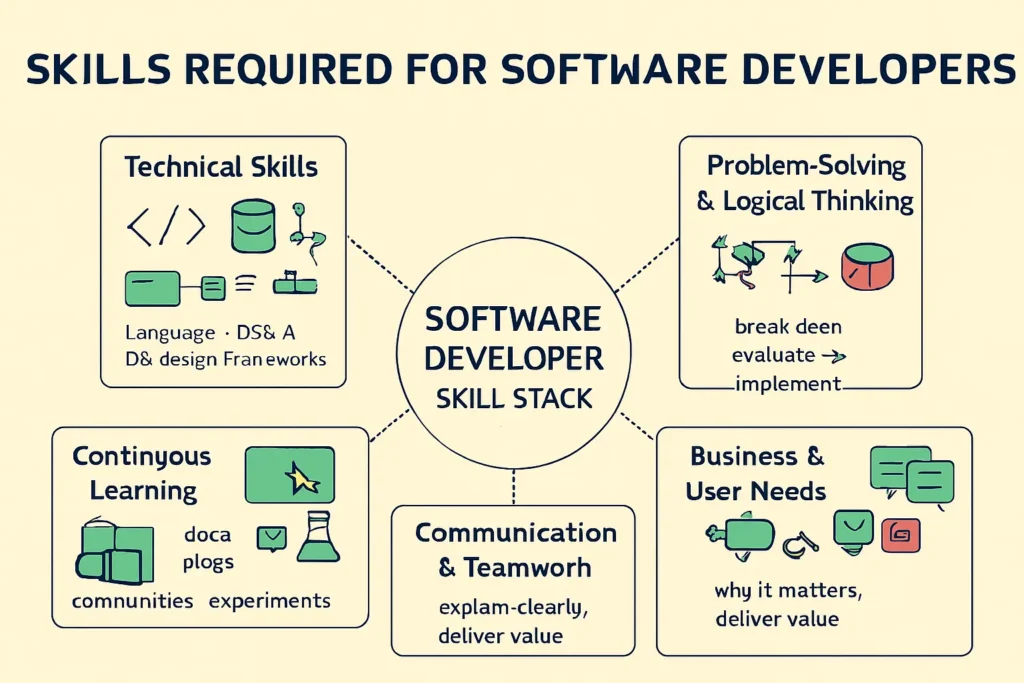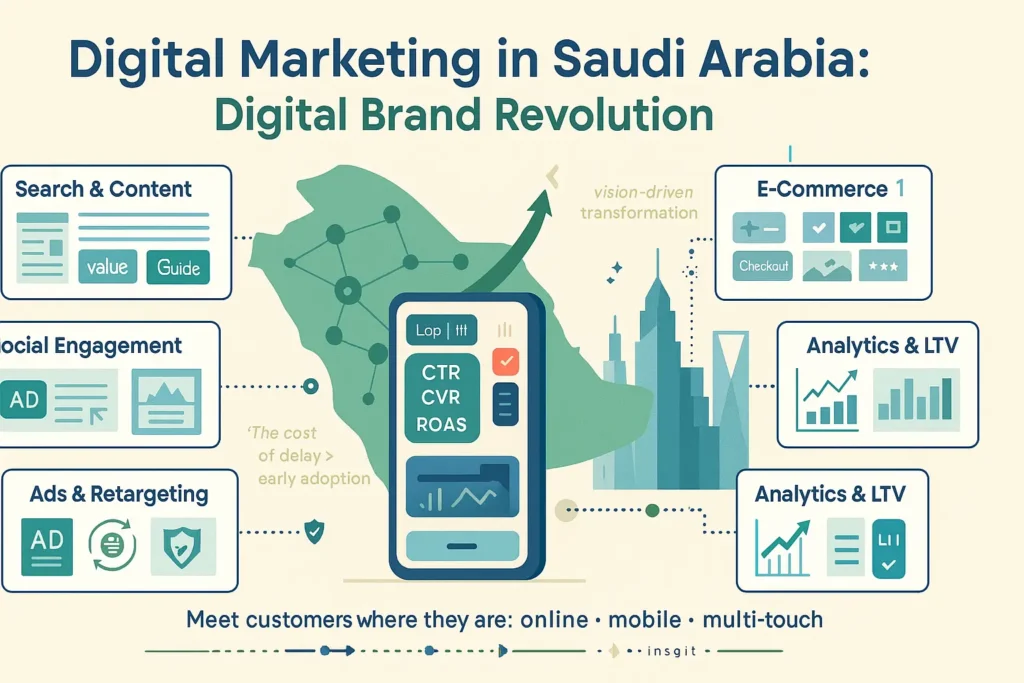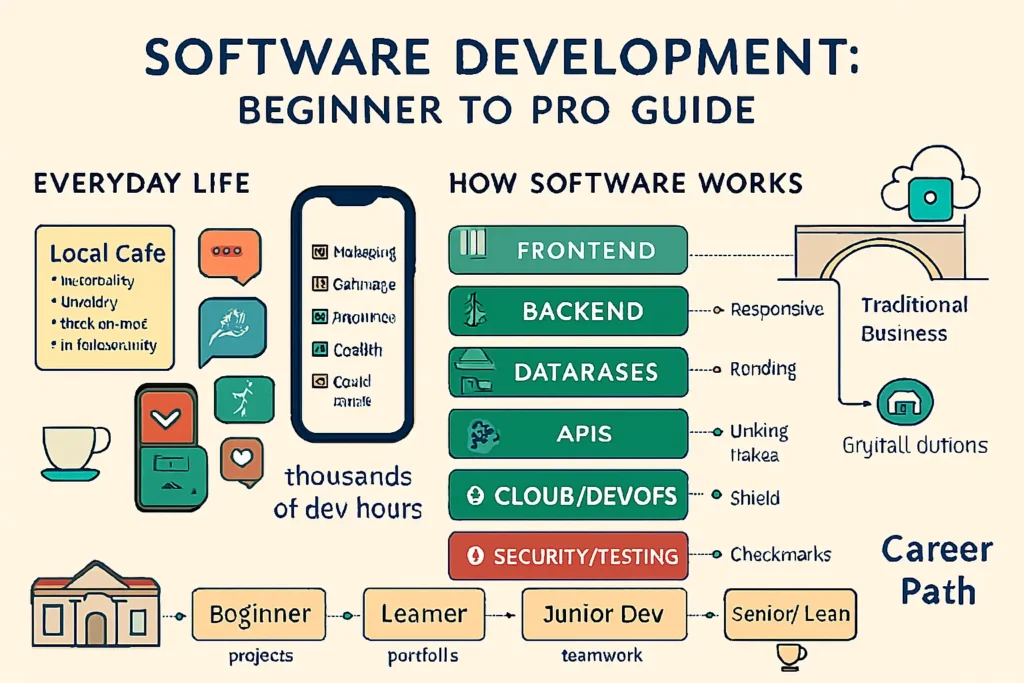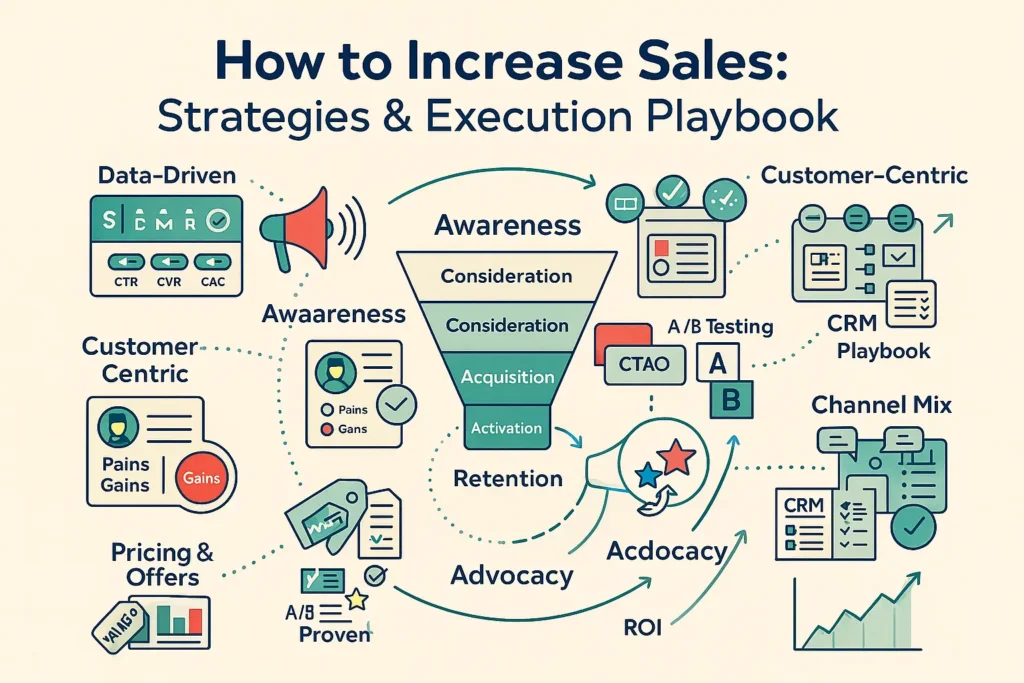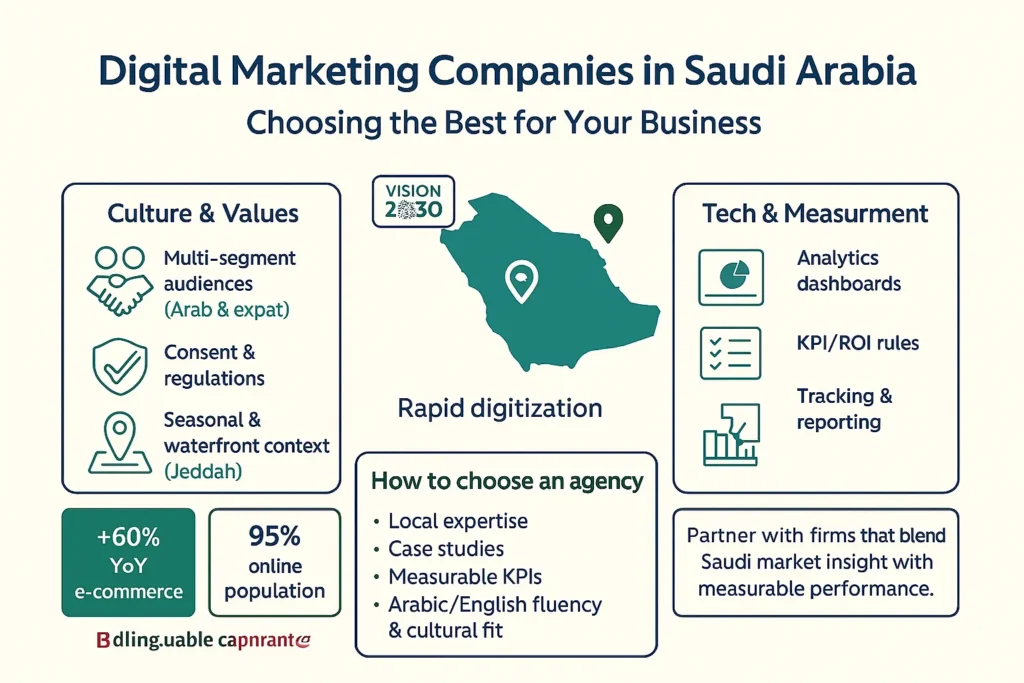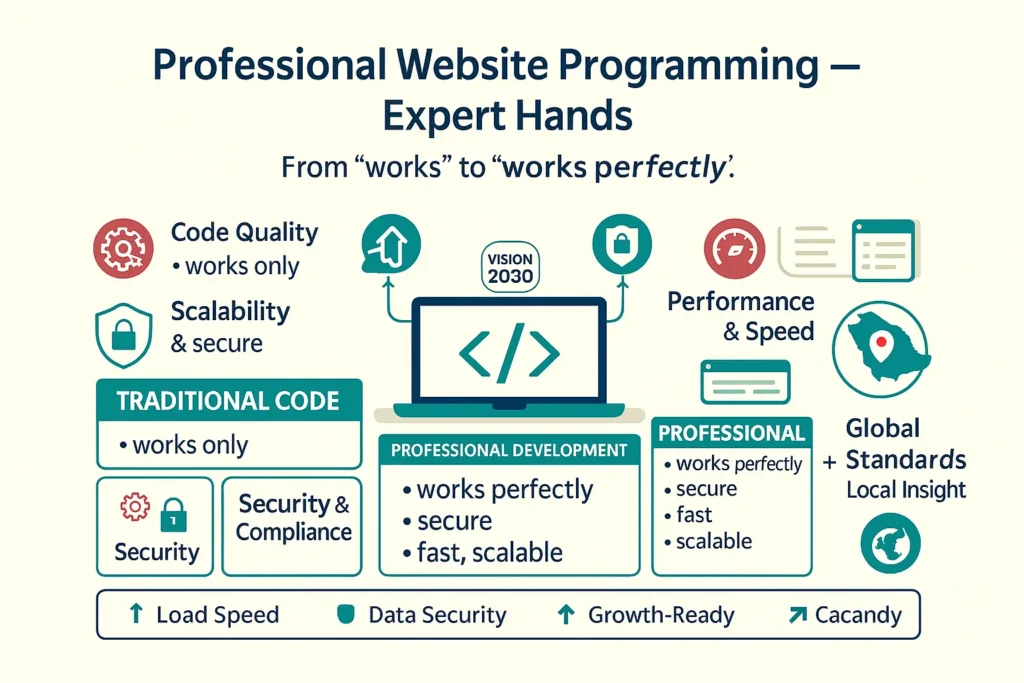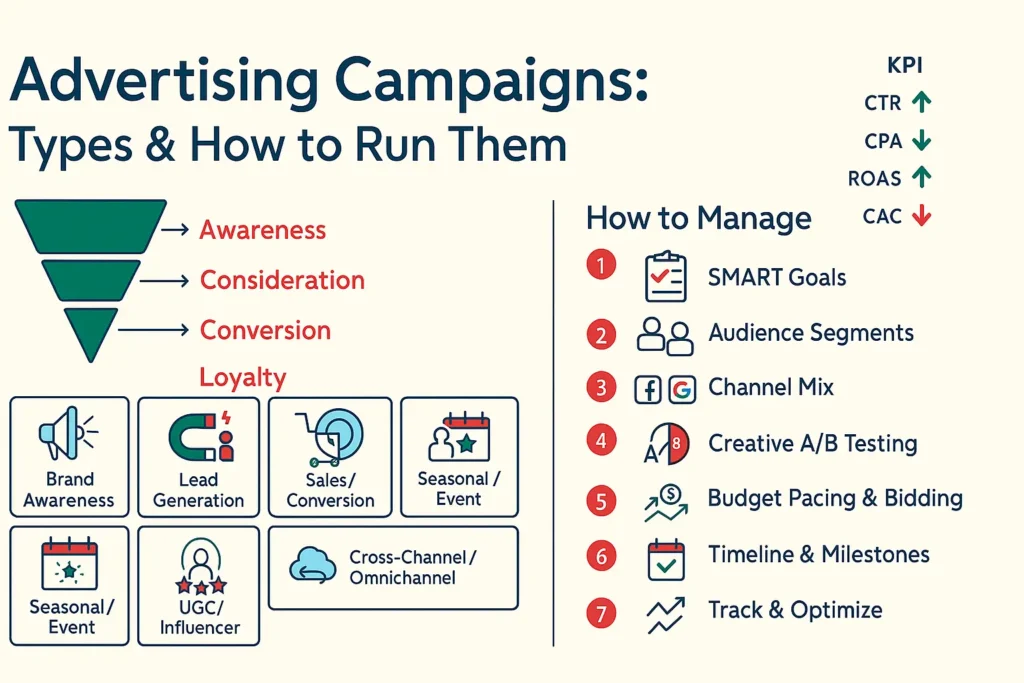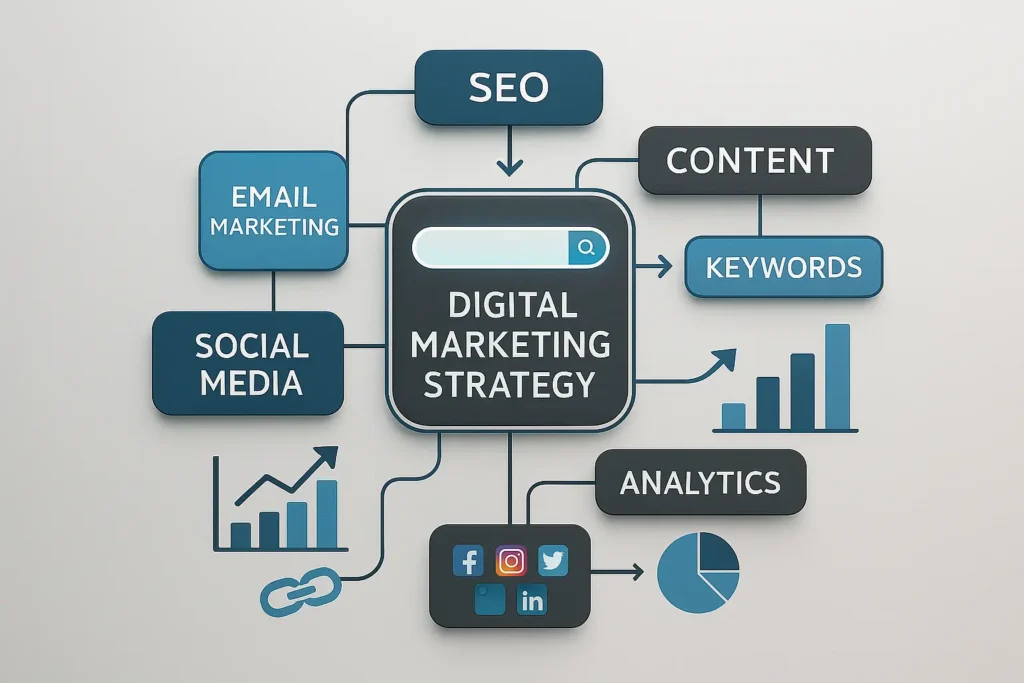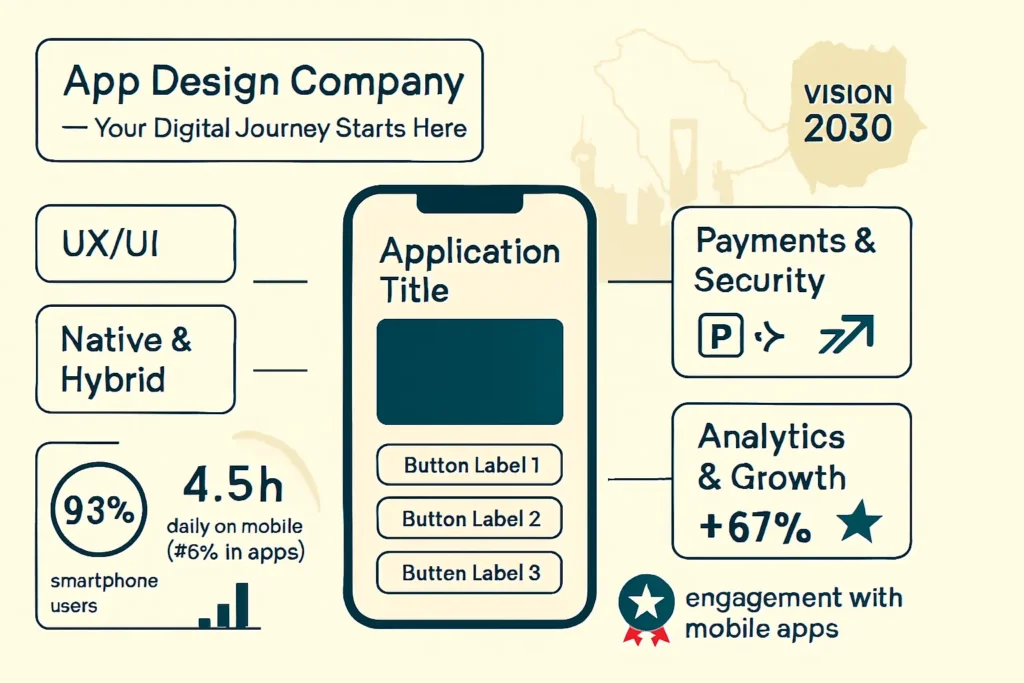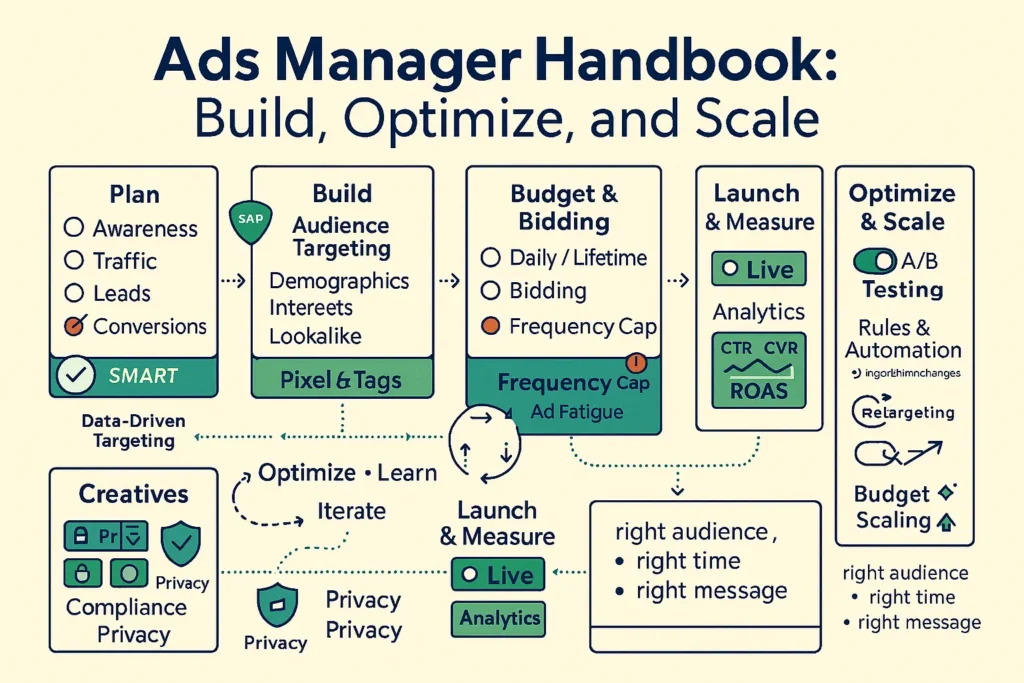
What is Ads Manager and how to use it?
Ads Manager Handbook: Build, Optimize, and Scale
You’re living in an era of unprecedented digital transformation where traditional marketing methods are rapidly fading. Over the past decade, advances in digital marketing have fundamentally changed how companies communicate with their audiences, creating stunning opportunities and complex challenges that demand sophisticated solutions.
Today’s consumers spend more time online than ever, consuming content across multiple platforms simultaneously. This shift has made paid advertising an essential component of any successful marketing strategy—evolving from a “nice-to-have” option into a vital business necessity. The traditional “publish and pray” approach is no longer effective in today’s competitive environment.
You need specialized tools to navigate this complex digital ecosystem effectively. The modern marketer faces challenges that didn’t exist just a few years ago: ad fatigue, privacy regulations, algorithm changes, and a more skeptical audience. These challenges require more than creativity—they need data-driven precision, advanced targeting capabilities, and continuous optimization.
The Ads Manager has emerged as the bridge between creative marketing vision and technical execution. This powerful platform represents a shift from guesswork to strategic accuracy, enabling you to reach the right audience, at the right time, with the right message—while maximizing your return on investment.
What Is an Ads Manager and How Does It Work?
At its core, an Ads Manager is a comprehensive platform designed to streamline and optimize your entire advertising workflow. Think of it as your digital marketing command center—a sophisticated system that unifies campaign creation, audience targeting, budget management, and performance analytics within a single interface.
The platform operates on a foundation of data intelligence, leveraging machine-learning algorithms and user-behavior patterns to help you make informed decisions about your advertising strategy. Unlike traditional methods, where you’d launch an ad and hope for the best, an Ads Manager provides real-time insights and predictive analytics that guide your decision-making.
This ecosystem integrates with multiple ad networks and platforms, allowing you to manage campaigns across different channels from one dashboard. Such integration eliminates the need to switch between platforms, saving time and reducing the likelihood of errors or inconsistencies in your messaging.
What sets an Ads Manager apart from other marketing tools is its focus on automation without sacrificing control. The platform can automatically adjust bids, pause underperforming ads, and scale successful campaigns—yet it always keeps you in the driver’s seat through detailed reporting and manual adjustment options.
The underlying technology continuously learns from your campaign data, identifying patterns and trends that may not be obvious at first glance. This learning capability means your campaigns become more effective over time as the platform gets better at predicting which audiences, creatives, and strategies will deliver the best results for your specific business goals.
Core Features and Capabilities of an Ads Manager
Your success with an Ads Manager largely depends on understanding and leveraging its comprehensive feature set. The user interface is designed to meet the needs of both beginners and advanced marketers, offering intuitive navigation with deep customization options for those who need them.
Advanced targeting capabilities are among the platform’s strongest features. You can define your audience with remarkable precision, going beyond basic demographics to include behavior patterns, purchase history, web interactions, and even life events. This level of targeting ensures your ad budget is spent reaching the people most likely to be interested in your products or services.
A robust analytics and reporting suite provides a complete picture of your campaign performance. Live dashboards show how your ads are doing across all key metrics, while detailed reports help you understand the deeper story behind the numbers. You can track everything from basic impressions and clicks to complex attribution models that reveal how different touchpoints contribute to conversions.
Budget-control features give you granular command over spending, offering options for daily budgets, lifetime campaign budgets, and automated bid optimization. The platform’s smart bidding algorithms can adjust your bids automatically based on the probability of achieving desired outcomes—whether that’s clicks, conversions, or brand lift.
Built-in automation tools handle routine optimization tasks, freeing you to focus on strategy and creative development. These tools can automatically pause underperforming ads, increase budgets for winning campaigns, and even suggest new audience segments based on current campaign data.
Extensive integration capabilities connect the platform with CRM systems, e-commerce platforms, and other marketing tools, creating a seamless data flow that enhances overall marketing effectiveness.
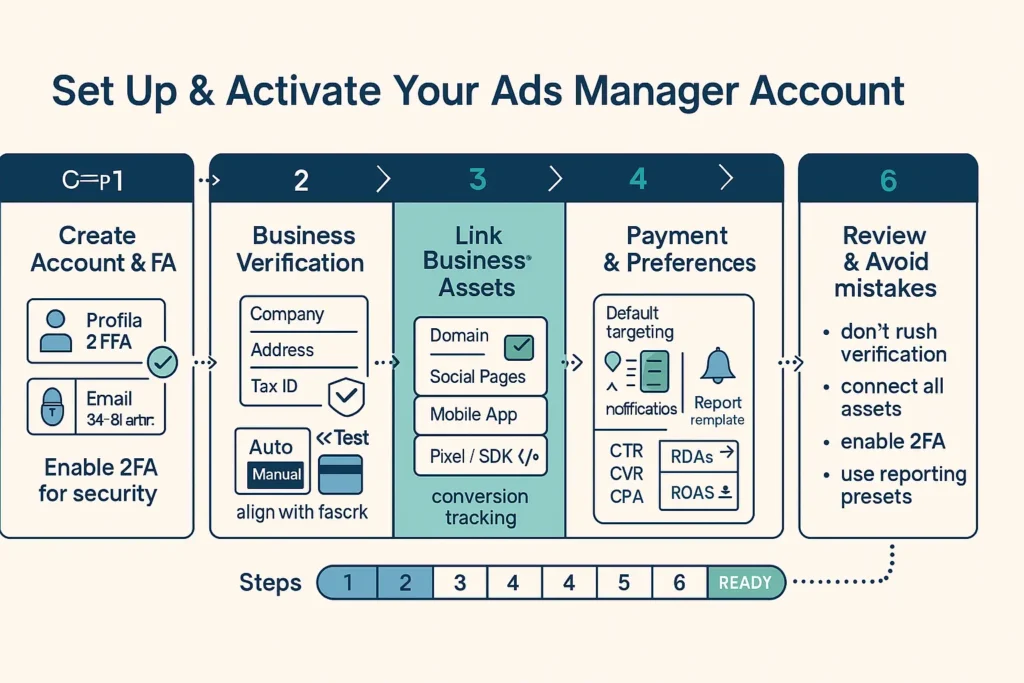
How to Set Up and Activate Your Ads Manager Account
Getting started with an Ads Manager requires careful attention to the setup process, as the foundation you build here will influence all your future campaigns. Your first step involves creating your account and completing verification, which typically includes confirming your business information and payment method.
The verification process is designed to ensure platform security and advertising compliance. You’ll need to provide accurate business details, including your company name, address, and tax identification numbers where applicable. This not only establishes your account’s credibility but also ensures your ads comply with local laws.
Linking your account to your business assets is a critical step many beginners overlook. This includes connecting your website, social media pages, and any mobile apps you intend to promote. These connections allow the platform to track conversions more effectively and provide you with more comprehensive campaign insights.
Setting up payment methods and billing preferences requires close consideration of your cash flow and budget-management needs. You can choose between automatic and manual payments, each offering different advantages depending on your business size and advertising frequency.
Initial account settings and preferences will save you time in the long run. Take the time during onboarding to define default targeting preferences, notification settings, and reporting preferences. These defaults will apply to new campaigns, streamlining your workflow as your advertising efforts scale.
Common mistakes during setup include rushing through verification steps, failing to properly connect business assets, and not taking advantage of available customization options. By following a methodical approach to account configuration, you’ll avoid these pitfalls and build a solid foundation for advertising success.
Types of Ads Managers Across Different Platforms
The digital advertising landscape offers multiple platforms, each with a specialized Ads Manager designed to maximize performance on that specific network. Understanding each platform’s strengths and limitations helps you choose the right tool mix for your business objectives.
Facebook & Instagram Ads Manager excels at social-media marketing, offering sophisticated audience targeting based on interests, behaviors, and social connections. This platform is particularly effective for businesses targeting consumers with visual products or services, supporting rich media formats including video, carousel ads, and interactive content.
Google & YouTube Ads dominate intent-based marketing, enabling you to capture users at the moment they search for products or services similar to yours. The strength of this platform lies in intent targeting, reaching people who have already shown interest in your category through their search behavior.
Snapchat and TikTok Ads Managers serve younger demographics and mobile-first experiences. These platforms shine with creative, entertaining content that feels native to the user experience. They’re especially effective for brands targeting Gen Z and Millennials with products or services that benefit from visual presentation.
Most advertising on LinkedIn and Twitter (X) focuses on professional and B2B marketing. LinkedIn’s Ads Manager is unmatched for reaching decision-makers and professionals, while Twitter (X) thrives on real-time engagement and participation in trending topics.
When comparing platforms, consider your target audience, content-format preferences, and campaign objectives. Some businesses find success using a single platform, while others benefit from a multi-platform approach that leverages the unique strengths of each network.
Your platform choice should align with where your target audience spends their time and how they prefer to consume content. Each platform’s Ads Manager is optimized around that network’s user behavior patterns and technical capabilities.
Steps to Create a Successful Advertising Campaign
Building a successful campaign through an Ads Manager requires a systematic approach that begins with clearly defined marketing objectives. Your goals should be specific, measurable, and aligned with your broader business strategy. Whether you aim to increase brand awareness, drive traffic to your website, or generate direct sales, your objective will influence every subsequent decision in the campaign-creation process.
Understanding your target audience goes beyond basic demographics to include psychographics, behavior patterns, and customer-journey mapping. You need to understand not only who your customers are, but also how they think, what motivates them, and where they are in the purchasing decision process. This deep understanding enables you to craft messages that resonate and to target the right people at the right time.
Choosing the right campaign type and format means matching your objectives to the options available on your chosen platform. Different campaign types are optimized for different outcomes, and selecting the wrong type can significantly impact your results—even if the rest of your campaign elements are on point.
Creating persuasive ad content is both an art and a science. Your creative elements must capture attention in a crowded digital environment while clearly communicating your value proposition. The most effective ads tell a story, evoke emotion, and provide a clear next step for interested viewers.
Defining precise targeting parameters requires balancing reach with relevance. Overly narrow targeting may limit your campaign’s potential, while overly broad targeting can waste budget on uninterested audiences. Ads Managers provide tools that help you find the sweet spot that maximizes both efficiency and effectiveness.
Scheduling the campaign and planning its duration should account for your audience’s online behavior patterns, seasonal trends, and competition. The timing of your launch and the lifespan of your ads can substantially affect performance and cost efficiency.
Budget Management and Financial Performance Optimization
Effective budget management in an Ads Manager requires a strategic approach that balances aggressive growth with sustainable spending. Your budget strategy should align with expected cash flow, projected returns, and risk tolerance, while leaving room to rapidly scale successful campaigns.
Understanding bidding strategies available on the platform helps you optimize for your specific goals. Cost-per-click (CPC) bidding works well for driving traffic, while cost-per-acquisition (CPA) bidding is better for direct-response campaigns. Cost-per-impression (CPM) can be effective for brand-awareness initiatives where reach matters more than immediate action.
Providing accurate information on cost per acquisition and return on ad spend (ROAS) delivers critical insights into campaign profitability. These metrics help you identify which campaigns, audiences, and creatives deliver the best financial returns, enabling more effective budget allocation across your advertising efforts.
Cost-saving techniques and efficiency improvements often come from continuous testing and optimization rather than radical changes. Small adjustments to targeting, bidding, or creative can produce substantial improvements in performance and cost-effectiveness over time.
Day-to-day and month-to-month budget management requires balancing steady spending with selective scaling. While Ads Managers offer automated budget tools, understanding when and how to adjust spend manually can give you a competitive edge in fast-moving markets.
Financial-performance analysis and profitability optimization depend on accurate tracking and attribution. Ensuring conversion tracking is properly configured enables data-driven decisions about budget allocation and campaign optimization.

Data Analysis and Performance Measurement
The analytics capabilities in an Ads Manager turn raw campaign data into actionable insights that drive better decision-making. Key performance indicators (KPIs) extend beyond basic metrics like clicks and impressions to include more nuanced measures of intent, conversion quality, and customer lifetime value.
Reading and interpreting analytical reports requires an understanding of both the technical metrics and their business implications. High click-through rates may appear positive, but if they don’t lead to conversions, they may indicate a mismatch between ad content and the landing-page experience.
Using data to optimize campaigns means identifying patterns and trends that may not be immediately obvious. Ads Managers provide correlation analyses that can reveal relationships among different variables, helping you understand what truly drives the best outcomes.
Advanced tracking and measurement tools enable attribution modeling that clarifies how different touchpoints contribute to conversions. This understanding helps you allocate budget more effectively across the customer journey and avoid over-investing in last-click channels.
Cross-campaign performance comparisons offer insight into which strategies work best for your business. These comparisons should account not only for absolute performance numbers but also for contextual factors such as differing objectives, audiences, and market conditions.
Decision-making becomes more effective as campaign data accumulates and your analytical skills mature. The Ads Manager provides the tools, but developing the expertise to interpret the data—and act on it—requires practice and ongoing education.
Keep reading and uncover secrets that can change the way you work. Innovative Strategies for Facebook Ads in Riyadh to Boost Brand Awareness
Professional Best Practices and Expert Tips
Writing effective ad copy in an Ads Manager requires understanding your audience’s psychology as well as platform-specific best practices. Your headlines should capture attention immediately, while your body copy must communicate clear value and include a compelling call to action. The most successful copy speaks directly to readers’ needs and desires while differentiating your offer from competitors.
Designing visually compelling ads involves more than aesthetics. Your design elements should support your message, guide the viewer’s attention, and adhere to platform guidelines. Consistent visual branding across campaigns builds recognition and trust with your audience.
Sharpening targeting accuracy and tuning demands continuous testing and refinement. Ads Managers provide granular audience insights that help you discover new targeting opportunities and eliminate wasted spend on irrelevant segments.
A/B testing and continuous optimization should be integral to your advertising workflow. Systematically testing different variables helps you understand what drives superior performance and builds organizational knowledge that improves future campaigns.
Managing comments and engaging with your audience through ad interactions can significantly influence campaign outcomes. Positive engagement signals to the platform that your content is valuable, which can reduce ad costs and expand reach.
Avoiding policy violations and platform penalties requires staying current with advertising laws and guidelines and maintaining high-quality campaigns. Ads Manager includes tools to flag potential issues before they impact your campaigns.
Keep reading and uncover secrets that can change the way you work. What are the types of advertising campaigns and how do you manage them?
Common Challenges and Practical Solutions
Ad-approval issues are among the most frustrating challenges when using an Ads Manager. These problems often stem from policy violations, technical glitches, or content that doesn’t align with platform guidelines. Solutions include thoroughly reviewing advertising policies, ensuring your landing pages meet requirements, and maintaining high-quality, original content.
Low conversion and engagement rates can result from a range of factors, including weak audience targeting, underwhelming creative, or misaligned expectations. Address these issues by systematically testing different audience sets, creative variations, and landing-page experiments to identify and remove performance bottlenecks.
High ad costs and poor return on investment often point to inefficient campaign management rather than platform limitations. Solutions include improving your quality signals by enhancing ad relevance, refining targeting to focus on high-value prospects, and optimizing your conversion funnel to lower customer-acquisition costs.
Targeting complexity and reaching the wrong audience can waste substantial budget and effort. The Ads Manager provides detailed audience insights and lookalike modeling tools that help you identify and reach the people most likely to be interested in your offerings.
Tracking problems and measurement difficulties can undermine your ability to optimize effectively. Ensuring the correct implementation of tracking pixels, conversion tags, and analytics integrations resolves most measurement issues and provides the data needed for optimal improvement.
Dealing with intense competition requires differentiation through better targeting, more compelling creative, or unique value propositions. Rather than competing on price alone, focus on reaching audiences where you have advantages or on delivering value others can’t match.
Keep reading and uncover secrets that can change the way you work. The best strategies to increase sales and how to apply them?
The Future of Ads Management and Expected Developments
Artificial intelligence is rapidly changing how Ads Manager platforms operate, with machine-learning algorithms taking on increasingly complex optimization tasks. These advances promise more effective advertising while reducing the manual effort required from marketers. However, human creativity and strategic thinking remain irreplaceable elements of successful advertising.
Future developments in targeting technology will likely focus on privacy-compliant methods that offer precision without sacrificing user data protection. First-party data strategies and contextual targeting are growing in importance as third-party cookies and tracking methods face increasing restrictions.
The impact of privacy protections on digital advertising continues to evolve, requiring marketers to adjust strategies and measurement approaches. Ads Manager platforms are developing new tools and methodologies that maintain effectiveness while respecting user privacy preferences and regulatory requirements.
Emerging trends in digital marketing include a greater emphasis on video content, interactive ad formats, and e-commerce integrations. These trends create new opportunities for fast-adapting businesses, while companies clinging to outdated methods risk being left behind.
Adapting to technological change in the fast-evolving digital advertising landscape cannot be overstated. Success demands continuous learning, experimentation with new features and formats, and a willingness to adjust strategies as platform capabilities and audience behaviors evolve.
Future advances in Ads Managers will likely include more sophisticated automation, improved cross-platform integrations, and enhanced predictive analytics to help marketers make better decisions about budget allocation and campaign strategy.
Turn your goals into real achievements with our tailored services – request the service now.
Frequently Asked Questions
What’s the difference between an Ads Manager and an Ad Creator?
The primary difference lies in scope and functionality. An Ads Manager offers comprehensive campaign-management capabilities, including advanced targeting, budget optimization, detailed analytics, and coordination of multi-campaign initiatives. Ad-creator tools typically focus on the creative-production process with simplified campaign-setup options. An ad creator may suffice for basic needs, but an Ads Manager provides the advanced features required for professional marketing campaigns that demand fine-grained control and precision.
How much does it cost to use an Ads Manager?
Cost structures vary widely depending on the platform and your usage patterns. Most Ads Manager platforms operate on a percentage-fee model, typically charging 1–5% of your ad spend. Although many core features come at no additional cost beyond your ad budget. Facebook and Google Ads Managers are free to use, generating revenue through ad-auction systems. Third-party ad-management platforms may charge monthly subscriptions—from basic plans under $100 to enterprise solutions costing thousands per month.
Can small businesses use an Ads Manager effectively?
Absolutely—and Ads Managers can be particularly beneficial for small businesses because they level the playing field with larger companies. Small businesses can leverage advanced targeting and automation features once available only to enterprises with dedicated marketing teams. The key is to start with clear goals, modest learning budgets, and a focus on metrics that directly impact profitability. Many platforms offer simplified interfaces and guided onboarding tailored to small-business owners.
How can I avoid having my ad account suspended?
Preventing suspension requires strict adherence to platform policies, maintaining high-quality campaigns, and following best practices. Always review and comply with advertising rules before launching campaigns, and ensure landing pages provide relevant, valuable content. Avoid misleading claims or deceptive practices, keep consistent business information across accounts. And respond promptly to warnings or requests for additional information. An ad manager often includes policy-check tools to flag potential issues before they affect your accounts.
What’s the best time to launch advertising campaigns?
Optimal timing depends on your target audience, business type, and campaign goals. B2B campaigns often perform better on weekdays when decision-makers are active at work. While consumer-focused campaigns can see stronger results in evenings and weekends when people have more leisure time to browse and shop. The Ads Manager provides audience-insight tools showing when your target users are most active online. Generally, avoid launching during major holidays unless your campaign is tied to the occasion. And account for seasonal trends that may affect your industry. The best approach is to test different timing strategies and use data to refine scheduling decisions.
Your Next Steps Toward Advertising Success
Your journey with an Ads Manager begins with the understanding that successful digital advertising is both art and science. Platforms provide powerful tools and advanced targeting capabilities. But your success depends on how strategically you use these resources to achieve your specific business objectives.
The digital-ad landscape will continue to evolve, with new features, platforms, and best practices emerging regularly. Your competitive edge comes not only from using an Ads Manager effectively today. But also from developing the skills and mindset needed to adapt and thrive as the industry changes. That means staying curious, experimenting with new approaches. And placing your audience’s needs and preferences at the heart of your advertising strategy.
Remember: an Ads Manager is ultimately a tool to help you build meaningful connections between your business and the people who can benefit from your products or services. The most successful campaigns combine data-driven targeting precision with the creativity and authenticity that make your brand memorable and trustworthy. Your investment in learning and mastering these platforms will pay off. Not only in immediate campaign performance, but in your business’s long-term growth and success.
